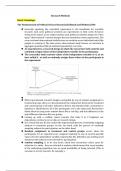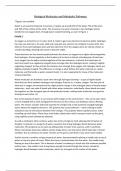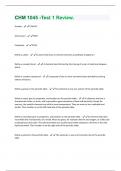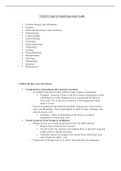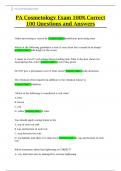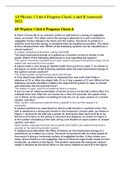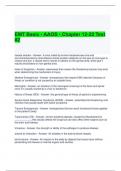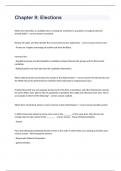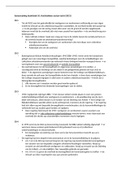Samenvatting
Summary - Research methods quantitative block 1 (IY) 2023/2024
- Vak
- Instelling
very detailed summary of slides, lecture notes, and readings for the course of Research Methods taught at the University of Amsterdam (UvA) for the exam in october 2023 (Political Science bachelor second year). Please be mindful that this is a compiled summary of everything we have been taught so...
[Meer zien]
